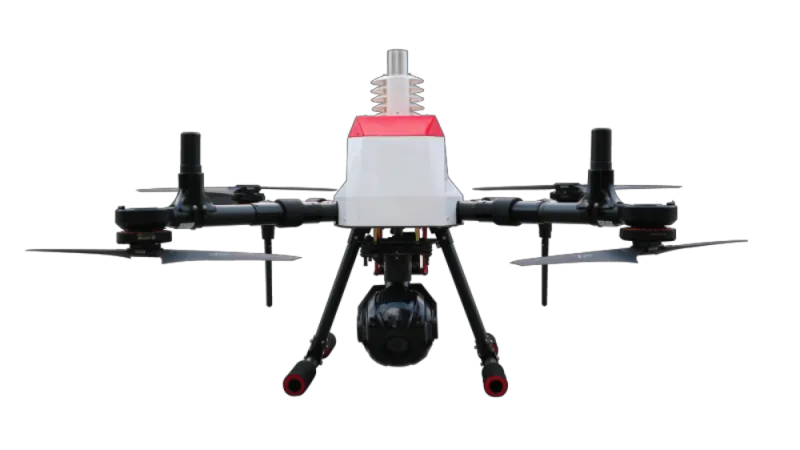
UAV meteorological detection serves major international events
2023-07-26 17:00On July 28, 2023, the 31st Universiade Summer Games were held in Chengdu, Sichuan, China. Just the day before, on July 27th, the Meteorological Dropsonde successfully "set sail" on the "Haiyan" drone.
The use of "Haiyan" is the first time UAVs are used for mobile meteorological observation business to ensure the smooth holding of major international events. The data transmitted by "Haiyan" has also become an important reference for weather forecasters. It makes up for the lack of conventional detection in the Western Sichuan Plateau.
Applying unmanned aerial vehicles for weather detection generally requires unmanned aerial vehicles to fly according to pre-selected routes. There are three ways for UAVs to perform meteorological detection tasks. First, through direct measurement, conventional weather sensors are installed on the UAV body to detect meteorological data. The main measurements include temperature, air humidity, and air pressure, etc. The second method is remote sensing measurement. An infrared detector will be equipped on the drone body to detect the distribution of temperature and water vapor, but it cannot penetrate clouds. In order to obtain rainfall information, it is best to be equipped with broadband microwave radiation. count. The third way is airdropping radiosondes and data relays.
The use of drones for weather detection can save costs. The cost of a drone is a few tenths or even a few hundredths of the cost of a man-machine and has low maintenance and use costs. The use of drones for weather detection can reduce the risk of casualties. Drones are more survivable and can be repaired quickly.
The Universiade is held during the flood season, the weather and climate are complex and changeable, and the requirements for meteorological services are also correspondingly increased. The detection scheme of UAV detection is adopted to enhance meteorological monitoring. In this Universiade, a total of two unmanned aerial vehicles were launched for weather detection, with a cumulative flight of more than 5,000 kilometers and a total of 53 dropsondes launched, significantly improving the forecast of precipitation effects.
With the continuous update and development of the drone industry in recent years, it has been able to serve various fields better and better. I believe that one day, it will be able to contribute to various fields with its own advantages.

